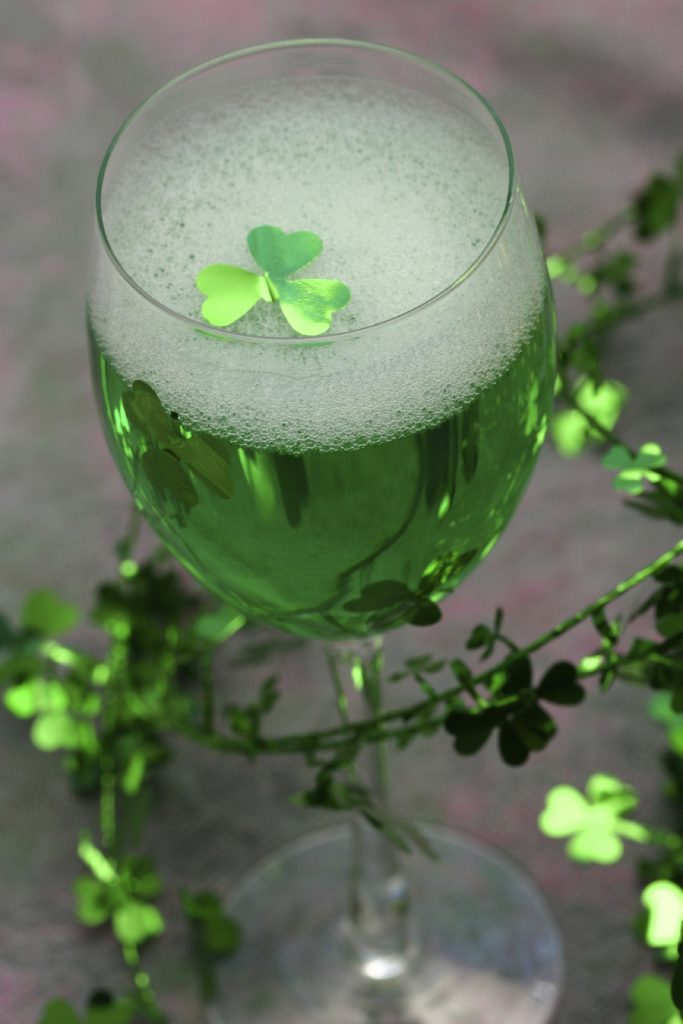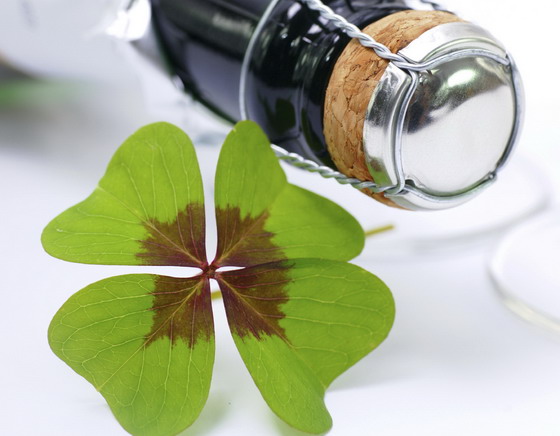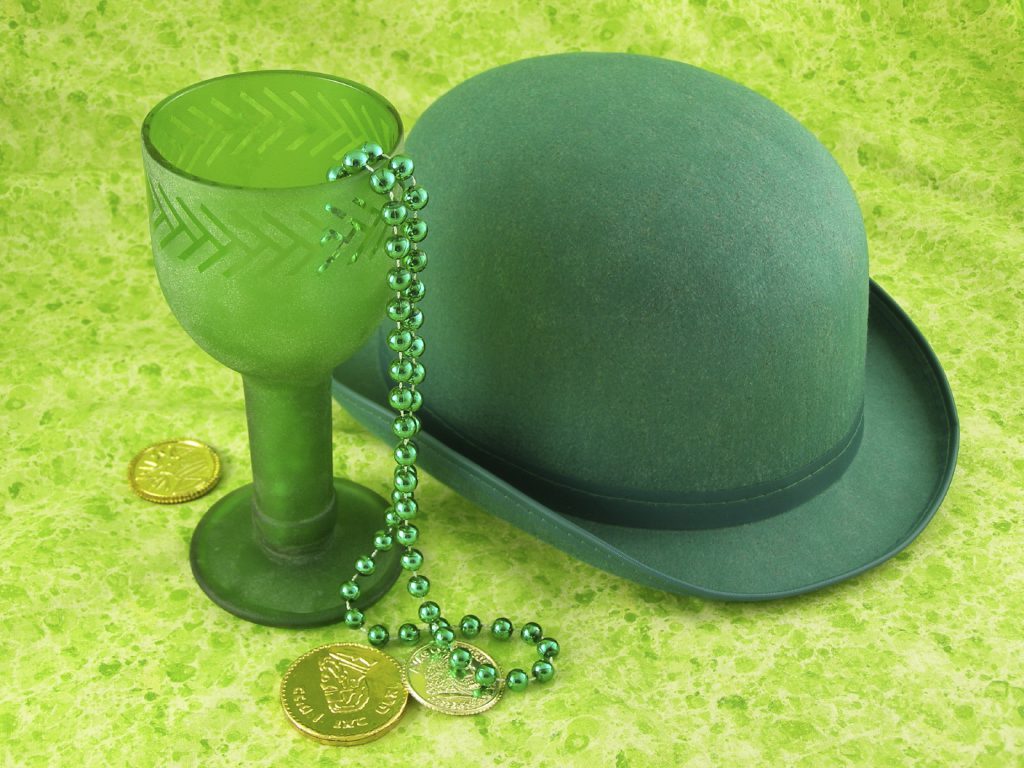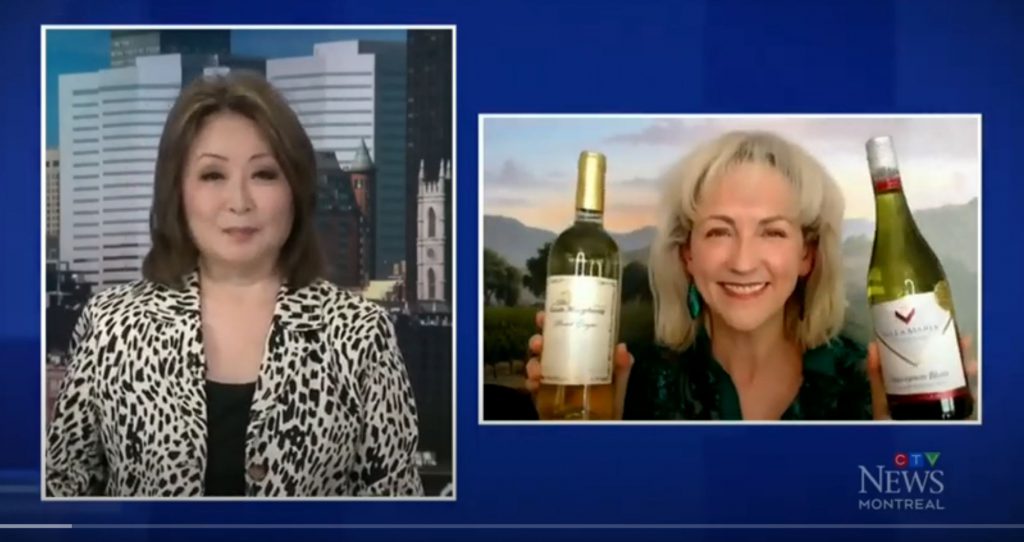St. Patrick’s Day is often celebrated with a pint or two, but what if you love wine? On CTV News, we chat about the best pairings for Irish food and classic dishes.
Is there a wine that pairs with corned beef and cabbage?
This begs the question: Can we skip the corned beef and cabbage and just have wine? My Irish grandmother is probably turning over in her grave.

Traditional matches for this meal usually include Irish stout, like Guinness. But what about wine?
Corned beef is salty and cabbage can be skunky, so you’ll avoid those wines with a strong sulphur smell or taste, as well as big red wines with heavy tannins and oak.
Your best bet is a zesty white wine, such as Sauvignon Blanc or Pinot Grigio.
Villa Maria Private Bin Sauvignon Blanc
Marlborough, New Zealand
Santa Margherita Pinot Grigio
Alto Adige Trentino DOC, Italy
What about traditional pub fare like fish and chips?
We want to cut through the glorious fried fat of the fish and chips with a zesty white wine that has the natural acidity to refresh out palates:
Thirty Bench Winemaker’s Blend Riesling
Niagara Peninsula, Ontario V.Q.A., Canada
You can also go with the no-fail choice of sparkling wine like Taittinger Brut Champagne
Taittinger Brut Réserve Champagne
Champagne A.O.C., France
… those refreshing bubbles will have your Irish eyes smiling. Though others in the pub may wonder why you’re getting all fancy with those fish and chips.
These wines also pair well with all the “green food” that comes out in the spring like fresh spring peas and asparagus that will soon be on our plates.

What about Irish stew?
This one-pot wonder, traditionally made with lamb or mutton (sheep that are more than two years old), onions, potatoes and herbs (thyme, parsley, bay leaves) dates back to the 1800s. Lots of deep, rich flavours – so you need a wine of equal depth of flavour.
Stave & Steel Wine Bourbon Barrel Cabernet Sauvignon
California, United States
Bodega Toro Winery Centenario Malbec
Mendoza, Argentina
Would those wines also work with Shepherd’s Pie?
This was another dish to soften tough meat, often beef or minced mutton, seasoned vegetables, and a potato crust.

What about potato-based dishes?
Potatoes were a staple of the Irish diet, and why many of my relatives left the country to come to Canada in the 19th century. Colcannon is a classic comfort dish with mashed potatoes, that darn old cabbage again and butter or cream. For this gorgeous starch-fest, I suggest a rich, round buttery chardonnay like this one from Slow Press.
Slow Press Chardonnay
Monterey County, California, United States
Or this flavourful Vidal Réserve wine from Coteau Rougemont in Quebec:
Coteau Rougemont Vidal Réserve
Montérégie, Quebec
It’ll also pair well with potato dumplings, potato hash and potato bread or boxty, from the Irish phrase arán bocht tí, or “poor-house bread.”
Is there any Irish dish that doesn’t pair well with wine?
Yes… Lucky Charms – cry in your beer!

You have a mobile app that can help us find those wines in the liquor store?
You won’t need the luck of the Irish to pick the right wines, whether you’re in the pub, at a friend’s house or at the liquor store restocking. It’s like having a sommelier (and leprechaun) in your pocket. This free mobile app scans bar codes and front labels to give you instant access to my reviews and food pairings and the stock at your closest liquor store.
Posted with permission of CTV
















